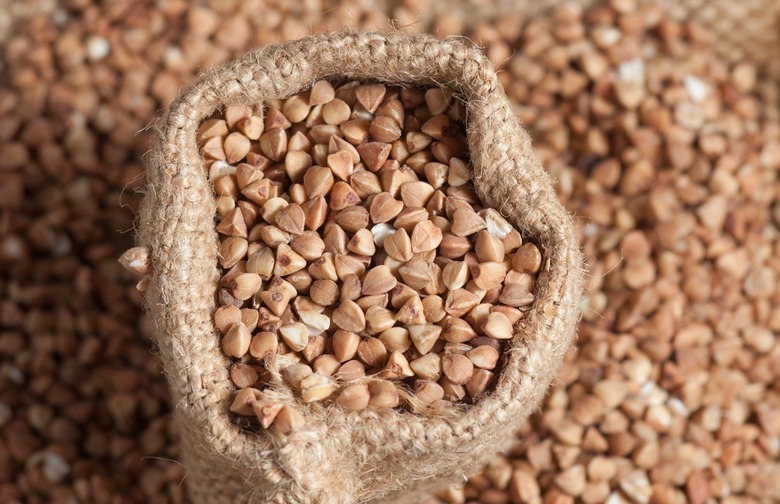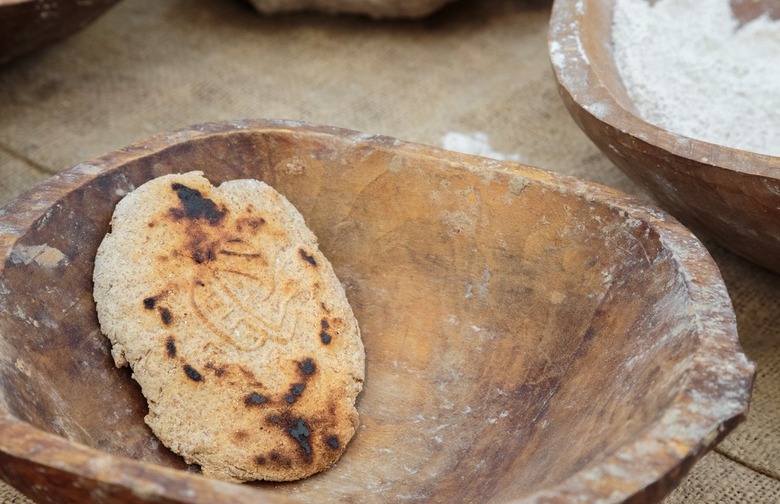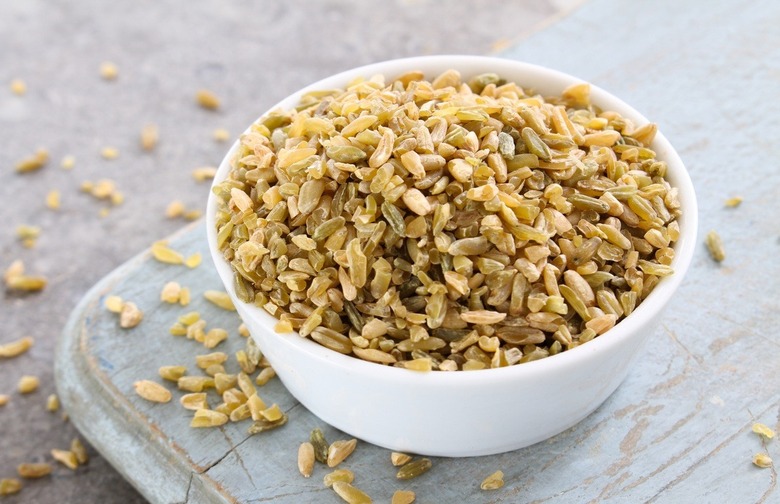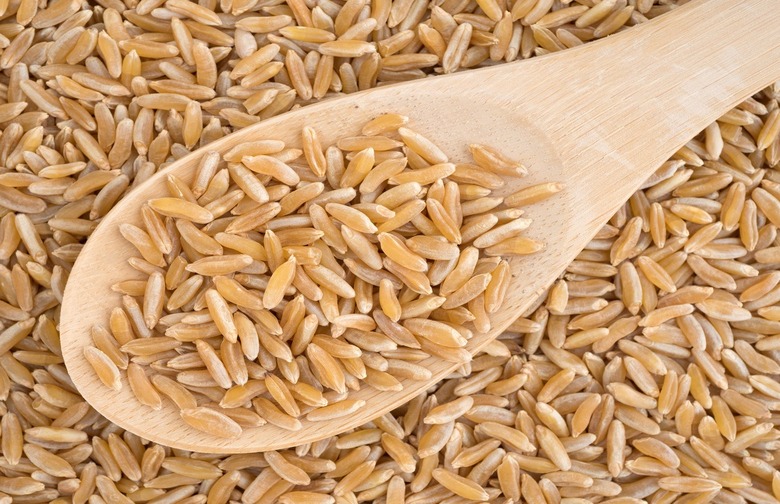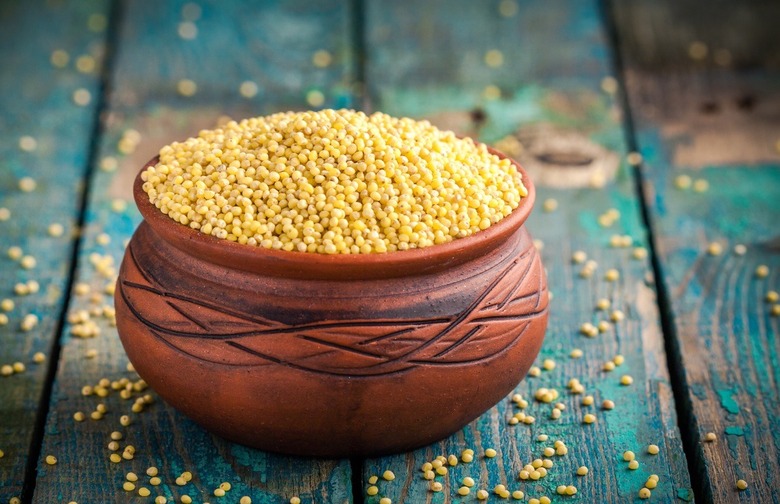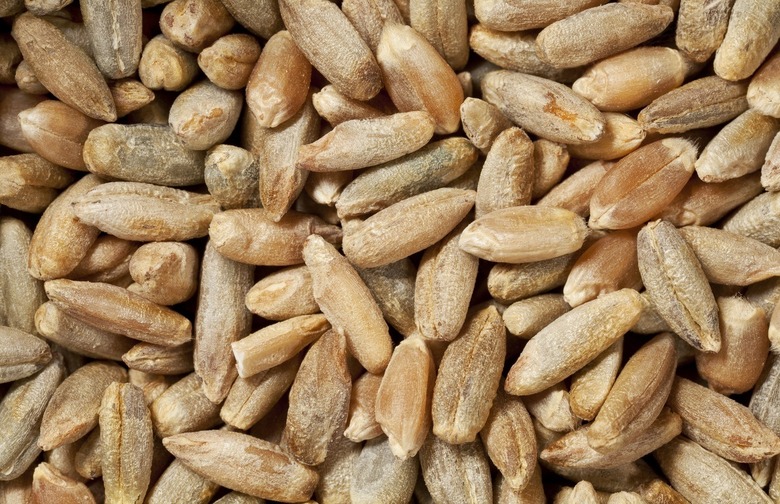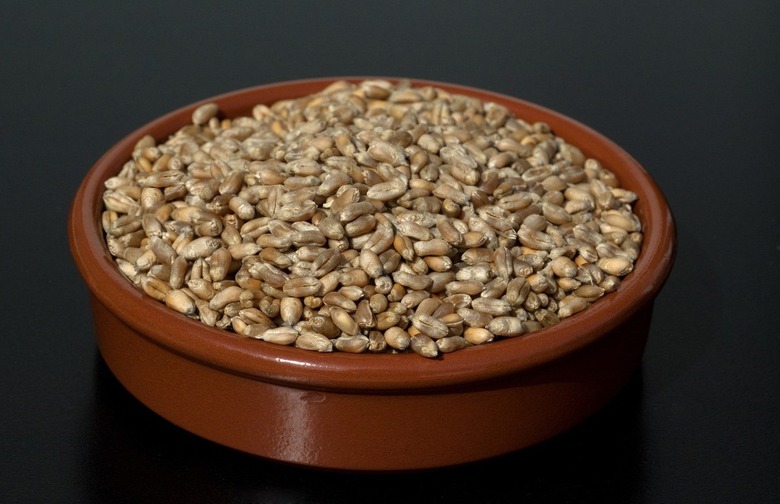7 Incredibly Healthy Grains You Probably Didn't Even Know Existed Slideshow
Buckwheat groats are the hulled seed of the buckwheat plant. Despite its name, buckwheat is not a member of the wheat family, and it is more closely related botanically to sorrel and rhubarb. It therefore contains no gluten, making it safe for individuals with celiac disease or gluten sensitivity. Buckwheat is used in recipes as a low-calorie, gluten-free replacement for wheat. Buckwheat flour also adds a nice bite and texture to crêpes.
Einkorn
Archeologists have discovered signs of einkorn wheat domestication as early as 8,650 B.C. Einkorn is smaller than traditional red wheat, but despite the size difference, it's higher in protein. Einkorn is also one of the few grains that contain high levels of alpha carotene, a powerful antioxidant. Try it in its whole-grain form or as a pasta.
Freekeh
Freekeh is a type of cracked durum wheat that's harvested before its grains have fully developed. The seeds are roasted, sun-dried, and threshed to erode any impurities and give all the seeds a consistent shape. The name "freekeh" is derived from the Arabic word farik, meaning "to rub." One cup of cooked freekeh contains 200 calories, 7 grams of protein, and 44 percent of the recommended daily intake of fiber. It can be used in salads in place of quinoa or bulgur.
Khorasan Wheat
Khorasan wheat is named after a historical region in northeast Iran. It was most likely one of the earliest cereal crops domesticated by humans, but now it is more commonly associated with its trademarked brand name, Kamut. The ancient grain is larger than traditional wheat and nuttier in flavor. A cup of cooked Khorasan wheat has only 1 ½ grams of fat and 230 calories, but provides 28 percent of the recommended daily intake of fiber and 10 grams of protein.
Millet
Millet is a popular component of Southeast Asian and Middle Eastern cuisine because of its short crop cycle and its ability to withstand arid conditions. Millet, technically a seed, is starting to grow in popularity here in the United States because of its health benefits and versatility. The small seed contains a complete nutritional profile of copper, phosphorus, and manganese and can be used as a stuffing, porridge, or in place of another grain. Try it in cakes, breads, and even pizza crusts.
Rye Berries
Rye bread is available in almost all diners and delis, but rye berries are rarely seen on restaurant menus. Rye is a popular cover crop because it can survive poor soil conditions. It can be used to make bread, whiskey, and beer, but the berries can also be cooked whole and are an excellent source of fiber and iron. Rye has a distinct flavor that can add needed depth to traditional grain dishes.
Triticale
Triticale is a cross between wheat and rye. The crop was developed by a laboratory in Scotland in the nineteenth century as a way to blend the high yield capabilities of wheat with the environmental resilience of rye. The hybrid grain is rich in folate, a crucial mineral for a developing fetus, and hence is particularly recommended for pregnant women.
